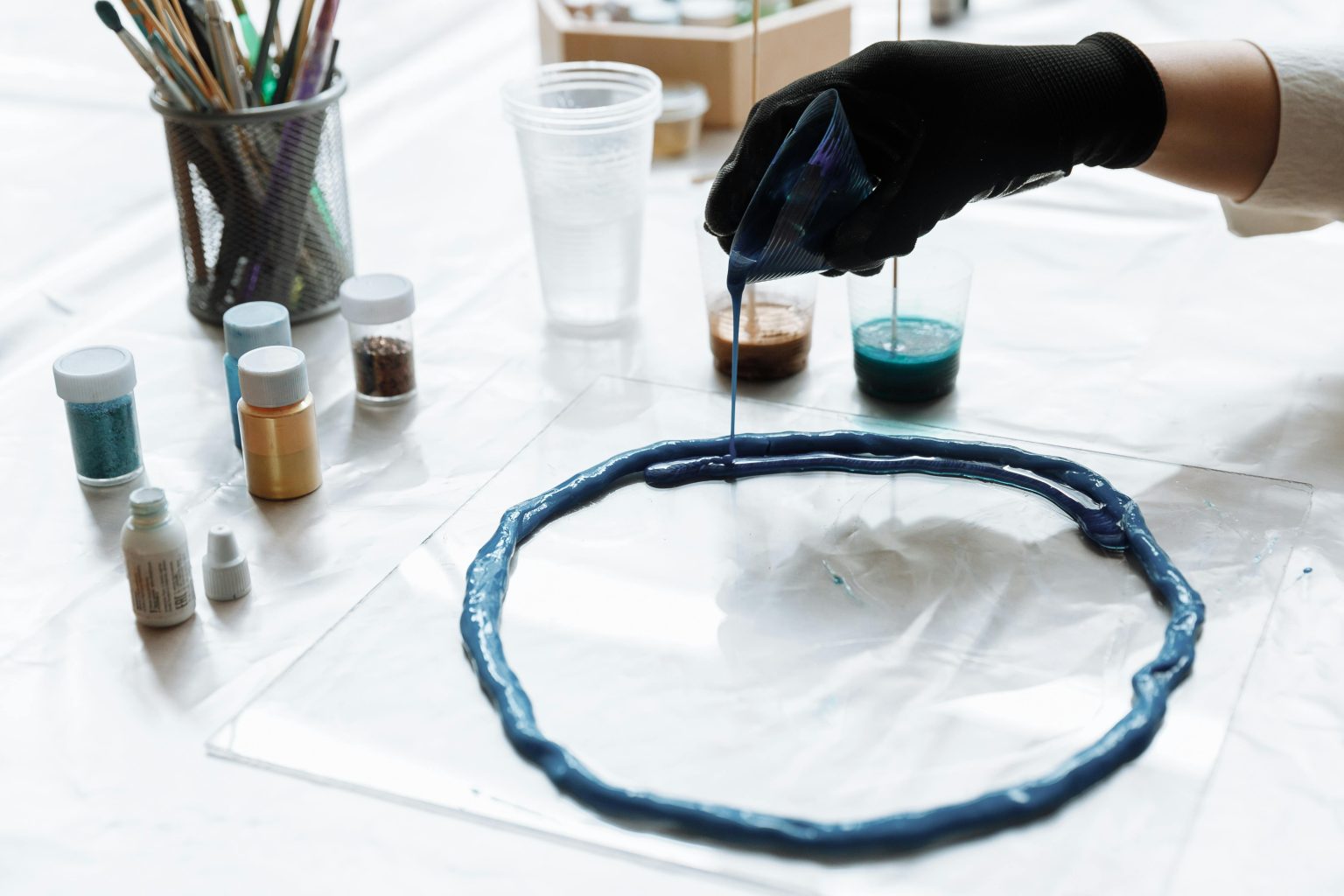Technological advancement in today mold making services has significantly changed the industry as it has become one of the cores of the latest technological innovation in various industries. The present-day mold makers unite digital manufacturing technologies and materials science that allow developing the stuff that could not be imagined one ten or fifteen years ago. Medical industry requires micro-engineered molds to produce life saving apps, and food industry uses them to produce new textures and shapes. The energy sector including the renewable one requires molds with special shapes to produce wind turbines and solar panel frames. The most amazing aspect or feature about the current practice of mold making is that the technology helps by closing the gap between the prototype and production phase so as to achieve rapid time-to-market coupled with incomparable standards of quality. The transition of the industry to smart manufacturing has changed molds into dynamic systems that have the capacity to monitor and optimize their performances.
High-Precision Medical Mold Making: Saving Lives with Micron-Level Accuracy
The medical industry has the highest precision standards of mold making where the acceptable tolerances are in microns instead of millimeters. The present innovative steps in medical mold making are centered in forming the complicated shapes of minimally invasive surgery tools as well as implantable either device. The best example is the invention of biodegradable stents molds that must be smaller than a human hair and that must be absolutely dimensionally consistent. Leading medical mold makers now employ vision-guided EDM (electrical discharge machining) systems capable of achieving ±1 micron accuracy. The cleanroom requirements for these operations are exceptionally stringent, with ISO Class 7 or better environments becoming standard for implant-grade molds. Recent breakthroughs include micro-textured mold surfaces that impart specific biological responses to medical devices, such as promoting bone growth or preventing bacterial adhesion.
The Food & Beverage Revolution: Safe, High-Detail Edible Molds
The process of food-grade mold manufacturing has drastically improved due to the desires of customers to have a new taste in cooking and environmentally friendly packaging. The contemporary food molds have to address two challenges namely, the need to produce complex designs that resist formation stress during production and the ever-tightening food safety laws. There has been great inventions in the material of the industry, the old implementations with platinum-cured silicones and FDA-approved polymers. One of the latest developments is that of multi-material molds that are used to create composite food products in one-shot, e.g., where the outside of a food product is made of chocolate and inside it is liquid (chocolate shells with interior liquid) or layers of components in a food product (e.g., multiple types of candy layered to create a confectionary sandwich). Socialists are the most impressive, possibly, because of the molds that are being created to produce plant-based meat replacements, as they mimic the fibrous and networked animal tissue texture by producing the exact fat patterns on the surface. During these molds, microscopic channels are frequently set out so that fats and flavour compounds can be deposited in a determinant way during manufacturing.
Aerospace & Automotive: Molds That Withstand Extreme Conditions
The automotive and aerospace industries require molds that have the capacity to resist high thermal and mechanical loads with high precision in multiple thousands of cycles. Composite components: molds in aerospace usage are expected to endure the autoclave exposure of 180C/6bar and maintain tolerances in less than 0.05mm over the meter-scale dimension. Recent efforts in the automotive sector to transition to electric vehicles has brought in new challenges especially to battery housing molds that would have to adapt to new material provisions and unusually large size conditions. New technologies involve usage of smart mould-plants filled in with sensors to detect the temperature, pressure and wear real-time. These intelligent molds can set adjust to heating circuits or cooling channels on their own to maximize cycle times and part quality. Hybrid molds produced with 3D printed metal cores with regular steel base also provided benefit to complex geometries in both industries because the metal 3D printed components reduce lead time and enhance thermal management.
Sustainable Mold Making: Reducing Waste with Smart Design
The mold making services sector is leading manufacturing’s green revolution through cutting-edge sustainable practices. Progressive mold making services now implement closed-loop material systems where aluminum and steel molds undergo up to seven refurbishment cycles without quality degradation. Companies like Röchling have pioneered bio-based polymer molds for short-run productions, reducing carbon footprints by 60% compared to traditional steel molds. The most innovative mold making services employ AI-powered nesting software that optimizes raw material usage, yielding 30-40% less waste during mold base machining. A notable case comes from the automotive industry, where Ford’s mold making services partner developed water-soluble sand cores for casting applications, eliminating hazardous binder materials while maintaining ±0.1mm precision.
AI & Automation in Mold Making: The Future Is Here
Modern mold making services are embracing cognitive technologies that transform conventional production paradigms. The industry’s vanguard now offers mold making services featuring self-learning toolpath optimization that reduces machining time by 25% while extending tool life. Companies like Protolabs have implemented distributed sensor networks in their mold making services, collecting real-time data from over 200 process variables to predict maintenance needs with 95% accuracy. Particularly groundbreaking are the mold making services utilizing generative design algorithms – one medical device manufacturer achieved 40% weight reduction in their production molds while improving cooling efficiency through AI-optimized conformal channels. These intelligent mold making services create digital twins that continuously evolve, capturing decades of tribal knowledge into predictive systems.
Emerging Frontiers in Mold Technology
The next decade will see mold making converge with biotechnology, quantum computing, and sustainable chemistry. Researchers are developing bioactive mold surfaces that can grow replacement tissues or cultivate lab-based meat products with vascular structures. In the electronics sector, nanoimprint lithography molds are enabling semiconductor features below 3nm – pushing the boundaries of Moore’s Law. Perhaps most revolutionary are self-healing mold materials incorporating microencapsulated repair compounds that automatically fix surface damage during production cycles.



